The hydraulic excavator, those machines of great production, powerful and self-propelled on caterpillars, can perform spectacular operations of excavation, extraction, unloading, etc.
Indispensable in the mining sector, at the beginning of the 20th century they evolved, and with the passage of time they were incorporating hydraulics, automation, electronics, computing, etc., typical of the development of engineering and materials,
With this, they gained performance, capabilities, and size, becoming true giants that can weigh 1,000 tons, as is the case with the largest model.
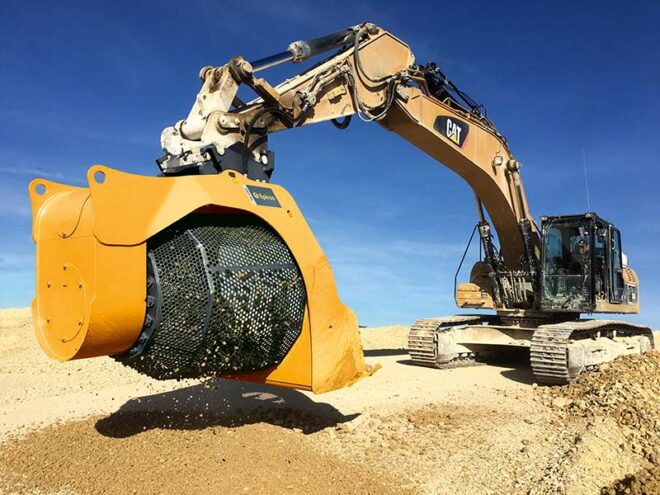
How excavator works?
There are construction works that require digging in-depth to move large amounts of material, so an excavator is necessary to perform such work. From operations in sewers, water pipes, wiring, through the construction of urban complexes, roads, highways, and paving, excavators are really useful to do deep work with high performance.
Here we will know the highlights of the excavators:
- history,
- characteristics,
- functions,
- parts,
- brands and
- prices.
In such a way that we have the necessary information when choosing a model.
Hydraulic excavator working principle
What is a hydraulic excavator?
A hydraulic excavator is a heavy machine that has various sizes, a hydraulic arm with a blade at the tip, designed to move on wheels or chains, and also has the ability to rotate 360 degrees on its own axis.
Among its functions are to excavate, rotate, move, load, mobilize and demobilize objects.
The machine is generally used to open the grooves where pipes, drains, cables will be installed, as well as to excavate foundations or ramps.
Uses of the Hydraulic Excavator:
- Dig large ditches
- Excavation of materials and structures
- Slope combing above the machine’s support plane
Excavator engine
A hydraulic excavator is a machine that has mechanical, electronic, and hydraulic components used together to achieve excellent performance in the areas of mining and construction. In general, the engine of a hydraulic excavator is a 4-stroke diesel engine.
Its mechanical arm has the facility to incorporate different tools to perform work on land, concrete, rock, or steel.
Excavator operator
Functions of an excavator operator:
- Make material start and load it in transport units
- It also performs trenching, load handling, as well as demolition and breaking of blocks when a hydraulic hammer is incorporated.
- It can be adapted to different arm ranges, bucket capacities, soft or hard floors.
- When there is very high hardness, it can incorporate more resistant wear parts.
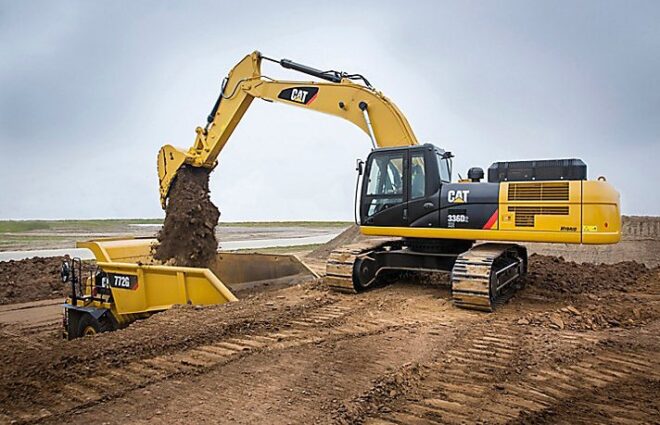
How to operate excavator?
What is the use of the excavator: The excavator is generally used to start materials such as rocks and earth. With its accessories you can also make steel cuts, break concrete, drill holes in the ground, make gravel foundations before paving, shredding rocks, steel, and concrete.
Excavator training
How does an excavator work?
How an excavator works: To understand the operation of an excavator we must know that its boom consists of two hydraulic cylinders, a bucket, and the boom.
This piece simulates the movement of the human arm, just as the wrist and elbow would. Then we have the engine which works through a change in hydraulic power.
It has the ability to rotate in a circle, for which it requires the outer race, inner race, the ball bearing, and a pinion.
In the cabin are the operator’s seat and the controls of the machine. It has some feet that can be of normal wheels or caterpillars.
Excavator parts
Parts and components of a hydraulic excavator: An excavator is composed of the following parts.
- Joining point between arm and pen
- Hydraulic bucket cylinder
- Arm
- Link of articulation
- Ladle
- Filming trains
- Chassis or frame
- Engine compartment
- Operator’s cabin
- Hydraulic boom or boom cylinders
- Feather or boom
- Hydraulic Arm Cylinder
Excavator types
Types of excavators in construction: There are several types of excavators for construction. Here we will know what each of them is used for.
Compact excavator
Compact Excavator: It is one of the most used for its performance that helps reduce work times. It serves for work in small streets, forests, fields, and gardens. You can even load up to 8 tons at a time for your hydraulic arms.
Crawler crane
Crane on tracks: It is one of the largest machines for construction sites, designed for deep excavations in mines or large areas. It has a robust cabin structure with its train, boom held with fixing cables and drums to house the cables.
Suction excavator
Suction Excavator: Also known as “vacuum excavators” it works as a digger and sucks materials from the surface of the earth with very high pressure. It drains by means of pipes to deposit in a tank destined for the storage of waste.
Crawler excavator
Crawler Excavator: It is an excavator that works with a train system instead of tires, which allows you to move through uncomfortable places like deserts and mountains. Its large arm facilitates excavation and carries material to where other machines can not reach.
Wheel excavator
Wheel excavator: It is used for projects that must be carried out in short periods of time because its large wheels allow it to move more easily. It has a boom arm on the base and a bucket with hydraulic action.
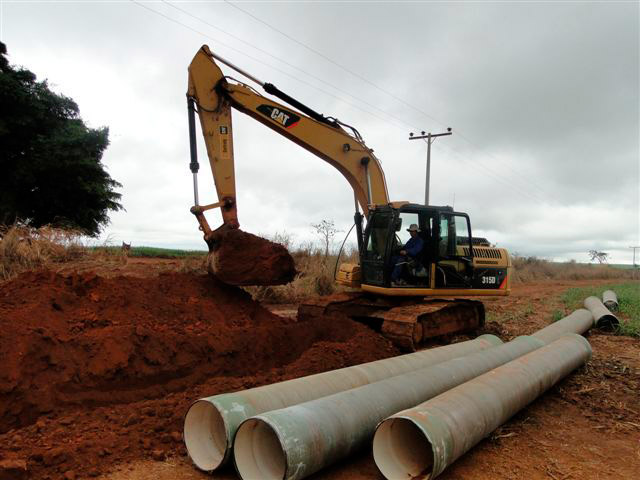
Excavator manufacturers
Among the most recognized brands of excavators we have the following:
- New Holland
- Volvo
- Hitachi
- Bobcat
- Caterpillar
- John Deere
- JCB
- Liebherr
Excavator Price
Prices of Hydraulic Excavators: The prices of the excavators vary according to their model, brand, and function. We can find some small excavators from $ 80000 US dollars, going through more robust models of $ 100, $ 200, and up to $ 300 thousand American dollars.
Excavator bucket
Performance: The wrong bucket can easily reduce your production and increase your operating costs from 10% to 20% or more. It can also cause unnecessary wear and fatigue of the machine and bucket.
Alternatives: The industry offers a wide range of specialized buckets, each designed and tested to function as an integral part of your excavator and provide the best possible performance in your particular application.
Manufactured to last: Buckets are designed and manufactured according to the required specifications. The high-strength hardened steel provides a longer life without the need for thicker and heavier plates, allowing longer life and higher payload.
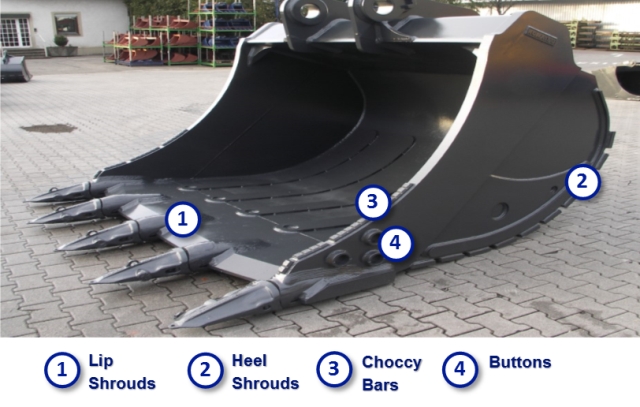
Excavator bucket capacity calculation
General-purpose bucket: To dig in moderately abrasive and low-impact materials, such as dirt, mud, gravel, and clay.
- The large folding radius optimizes the ability of the easy-to-penetrate floor bucket.
- Lighter structures reduce loading time and increase the weight that can be lifted.
- Pre-pierced sidebars for optional lugs.
- Ladles with the greatest capacities
Excavator attachments
Excavator grapple: It is used for the selection of demolition debris, excavations, and earthworks in general. It is also useful for the mixing of peatlands. The screening is done by a hydraulic screen with rotating blades. The thickness of the screening material can vary from 0-20 mm to 0-35 mm in the standard configuration. Upon request, it is possible to make axes suitable for the needs of the user.

Heavy duty bucket
Designed for use in abrasive applications such as a mixture of earth, clay and rock.
- The smaller folding radius provides a larger detachment force at the tips.
- Side plates and bottom thicker to increase its duration.
- Construction is more robust than that of general purpose buckets.
- Pre-drilled lateral bars for lugs and optional sidebar guards.
- Larger adapters and tips to increase performance and durability.
- Less capacity than general purpose buckets to maintain operating performance
Heavy duty metal bucket
Heavy-duty rock bucket: For aggressive loading of the bucket in very abrasive applications such as dynamite rock and granite.
- The smaller folding radius provides a larger detachment force at the tips.
- The same folding radius as heavy-duty buckets.
- The thicker side plates are available to extend the life of the bucket in severe applications.
- Construction is more robust than that of heavy-duty buckets.
- Wear side plates further extend the bucket for maximum protection in rocky materials.
- Pre-drilled lateral bars for lugs and optional sidebar guards.
- Larger adapters and tips to increase performance and durability. Same capacity as heavy-duty buckets.
How does a hydraulic excavator work?
Excavators are pieces of heavy construction equipment that consist of a boom, dipper, bucket, and cab that are mounted on a rotating platform called the house. The house is mounted on an undercarriage with tracks or wheels. An excavator can be used for a lot more than just digging.
The operator of the excavator uses pedals and levers to steer the equipment and to move backward and forwards. Tracks, similar to tank tracks, are activated by the diesel-powered engine, and hydraulic motors control the arm of the excavator.
When a hydraulic pump operates, it performs two functions. First, its mechanical action creates a vacuum at the pump inlet which allows atmospheric pressure to force liquid from the reservoir into the inlet line to the pump. A pump produces liquid movement or flow: it does not generate pressure.
A driver’s license is required for excavator operator positions, and some employers require a commercial driver’s license (CDL). Requirements for a CDL vary by state. Employers may also prefer that workers hold industry certification related to the equipment they operate.
The house sits atop an undercarriage with tracks or wheels. They are a natural progression from the steam shovels and are often mistakenly called power shovels. All movement and functions of a hydraulic excavator are accomplished through the use of hydraulic fluid, with hydraulic cylinders and hydraulic motors.
As nouns, the difference between an excavator and a digger is that excavator is a person who excavates while a digger is a large piece of machinery that digs holes or trenches; an excavator.
Contractors who work in landscaping and hardscaping, sewer and septic service, and foundation repair often perform excavation services, in which they use heavy machinery to dig up or transport large or heavy items like dirt, rocks, construction materials, and even trees.
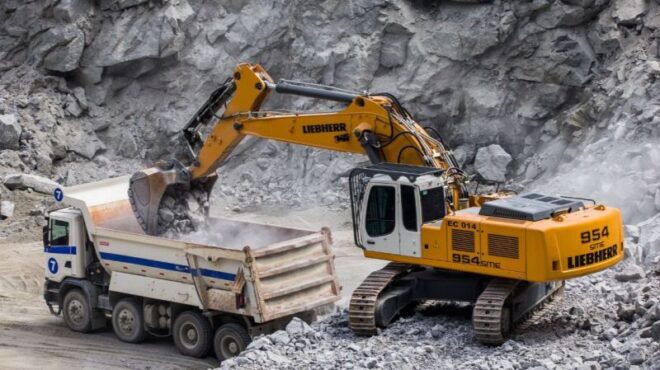
The most read
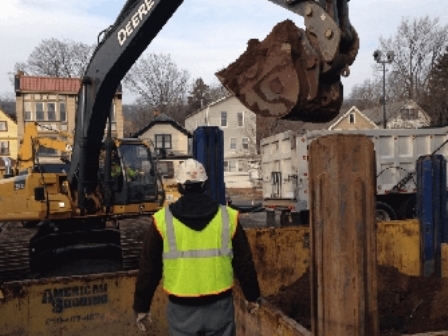
Excavating Contractors
Well before a building or any structure is erected, excavating contractor is hard at work. But what is the role of an excavating contractor, exactly?
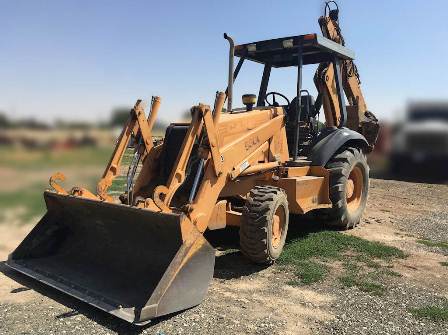
Backhoe Loader Specifications
A backhoe is a type of excavating equipment, or digger, consisting of a digging bucket on the end of a two-part articulated arm.
